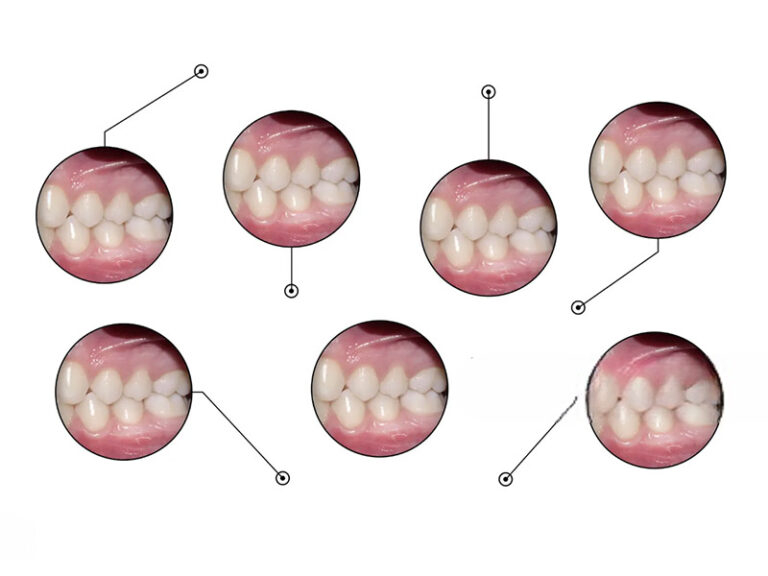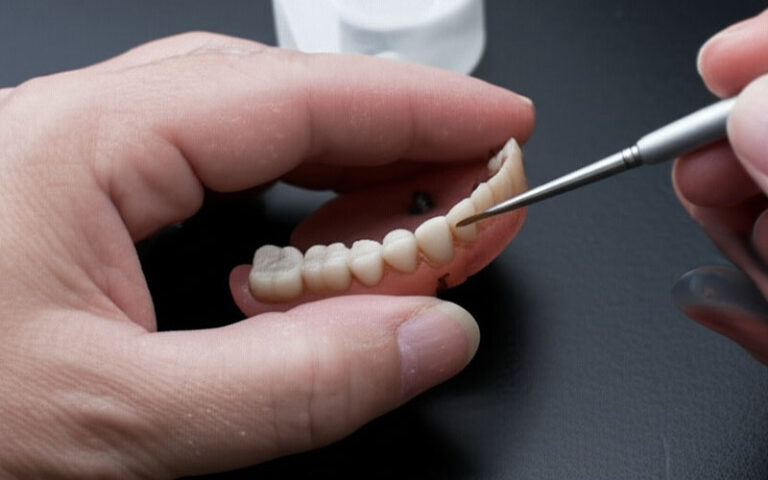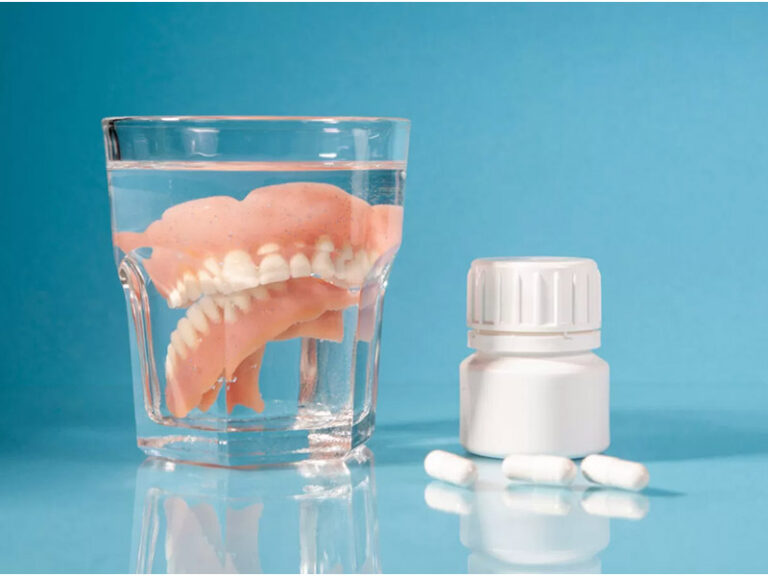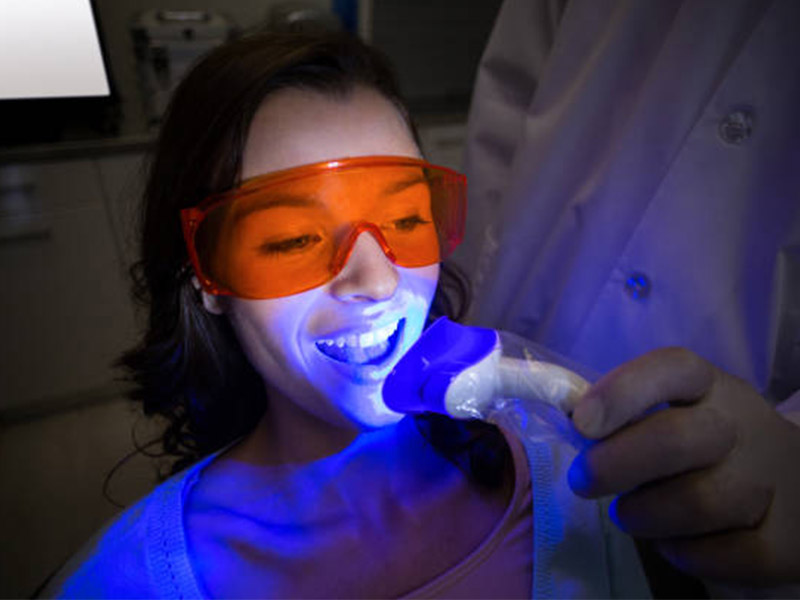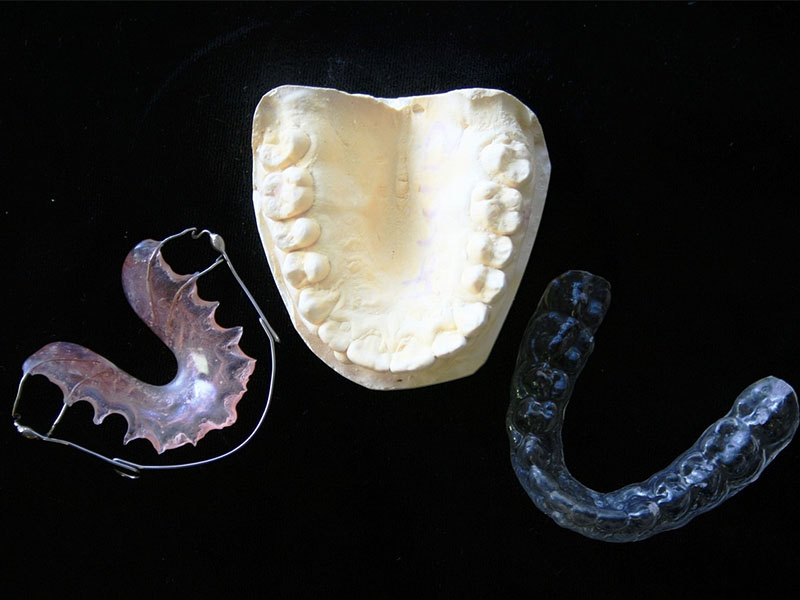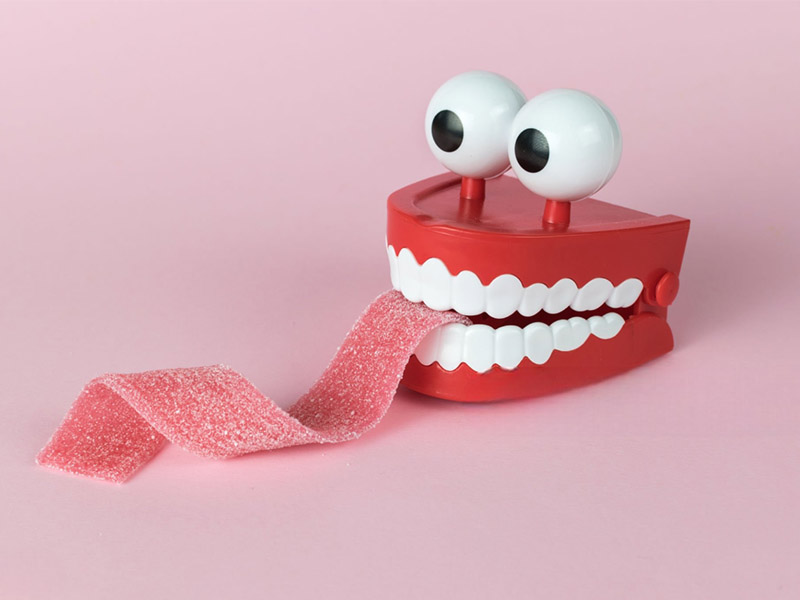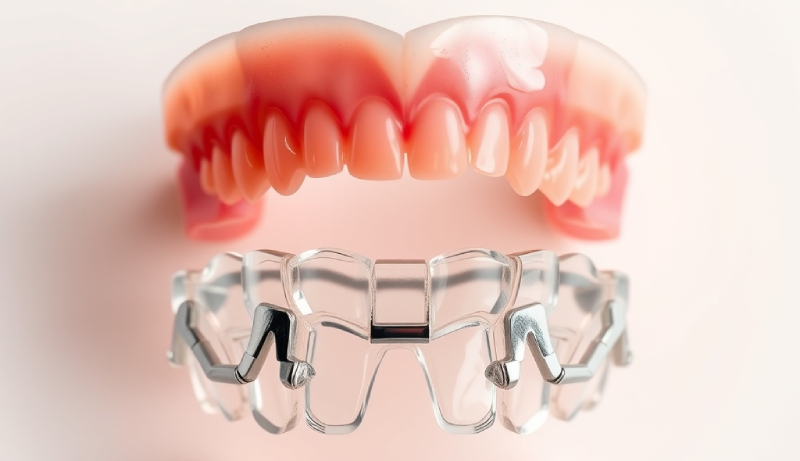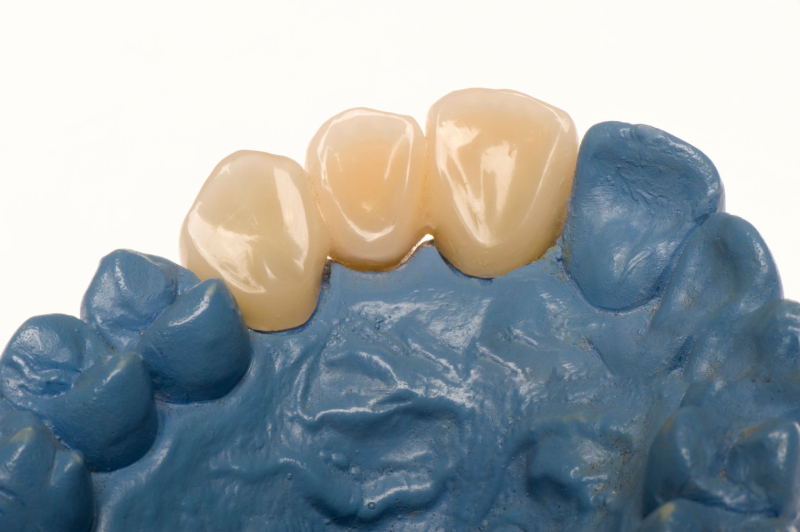
Emax Material Properties & Lithium Disilicate Strength: My In-Depth Guide for Dental Professionals
Table of Contents
Introduction: My Experience With Emax and Why It Matters
When I look back on how much dentistry has changed over the last ten years, one material always stands out: Emax. If you do any type of crown and veneer work, you’ve likely heard people talk about it. In my office and from my own research, Emax sits right at the sweet spot between being strong, looking good, and being dependable. But it’s easy to get caught up in the advertising, so here’s what I really learned—the facts, the truth, and a few lessons I learned the hard way.
Whether you’re another dentist, a tech in the lab, or still in dental school, this article is put together to give you the down-to-earth information I wish I’d gotten when I started out. Let’s get rolling.
What Is Emax? My First Encounters and the Big Picture
I first met Emax while working in a practice where we were always trying out new materials for both front and back teeth. Patients loved how things looked, but I really wanted to know if it could hold up against daily chewing, night grinding, and hot drinks.
Emax is just the brand name for a kind of glass-ceramic called lithium disilicate, made by Ivoclar Vivadent. What caught my eye at first was how it was called both beautiful (people talk about its natural translucency) and strong—which the older porcelains weren’t.
Lithium disilicate is a glass-type material packed with lots of tiny crystals. It changed the game by trying to solve the usual problem: materials often looked nice but broke easily or were super strong but looked fake. Emax tries to give you both at once.
Composition and Manufacturing: How Emax Is Built
Once I dug into Emax’s science, I quickly saw that understanding how it’s made is key for knowing how it’ll act in someone’s mouth.
The Lithium Disilicate Microstructure
If you could look at Emax under a microscope, it would look like a really packed mosaic. It’s made of about 70% lithium disilicate crystals, all stuck together in a glass “glue.” I like to think of it like concrete: the glass is the “cement” and the crystals are the “steel rods,” giving it strength and stopping cracks from going wild.
Why does this matter? Those tightly packed crystals make it tougher and stronger than the older, regular porcelain. This setup also gives you some see-through-ness and color options that make it easy to match a real tooth.
Emax CAD vs. Press: What I’ve Learned
Right away, I learned Emax isn’t just one material. It comes in two main kinds:
- IPS e.max CAD: Comes as a block that’s not fully finished. We carve it into shape and then bake it in the oven to make it hard and shiny.
- IPS e.max Press: Instead of carving, this one gets pressed into a mold—more like the old-school lab method.
After doing a lot of cases, here’s what I found:
- Strength: Both types are solid, but Press tends to be a bit tougher because pressing leaves fewer holes inside.
- Looks: Both look great, but some lab folks like Press for more complicated, multi-layer looks.
- Speed: CAD is fast (sometimes same day), while Press lets the lab go for real detail in tough cases.
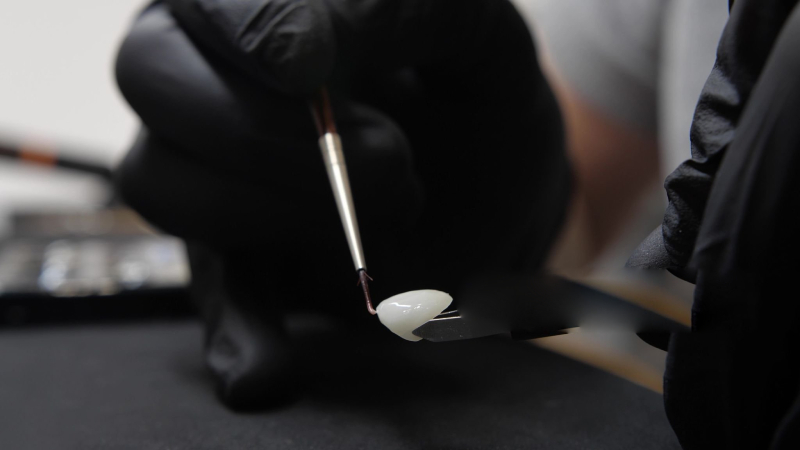
Key Material Properties of Emax (Lithium Disilicate)
Let’s get into the nuts and bolts—without the confusing words. Here’s what I found about Emax’s real-world strengths, with some plain numbers.
Flexural Strength and Fracture Toughness
If I ask you, “How tough is Emax?” just saying “tough” isn’t enough. Here’s the real deal:
- Flexural Strength: CAD: 360–500 MPa | Press: 400–500 MPa
For comparison, old-school porcelain is around 70–150 MPa. Zirconia is way higher—over 1000 MPa—but can look a bit fake. - Fracture Toughness (KIC): 2.5–3.0 MPa·m^0.5
This number tells you how well a material stops cracks from spreading. Emax beats older porcelain by a mile, so it doesn’t break as easily from small flaws inside.
What does this mean for you? I’ve seen Emax hold up fine for most back-tooth crowns, as long as you prep and glue it the right way.
Esthetic Properties
Let’s be real—people want nice-looking teeth. Emax does a great job here:
- Translucency: Available in high, low, middle, and high-opacity shades. I use the see-through ones for front teeth to look real and the more “solid” ones to cover dark or metal underneath.
- Color Matching: Emax copies the way real teeth reflect light really well. This makes getting the shade right so much easier.
- Finishing: Whether you go with CAD or Press, you can polish or glaze Emax for a shiny, enamel-like look.
Hardness and Wear Characteristics
- Hardness: 550–600 on the Vickers scale.
Why care? This is close to real enamel, so Emax usually doesn’t grind down the other teeth it chews against. - Keeps Its Look: Emax doesn’t scratch up easily. I see these crowns still looking shiny and smooth on checkups—even after years of coffee or brushing.
Biocompatibility
Emax basically plays nice in the mouth. I haven’t seen gum reactions, allergies, or weird tastes with it, and the published research agrees. No dark lines, no odd smells, nothing strange.
Other Mechanical Properties
- How Stiff It Is (Elasticity): 90–95 GPa
In plain English: Emax bends a tiny bit, which is closer to real tooth stuff than super-hard zirconia. It’s just enough “give” to help take the stress of chewing. - Expansion with Heat: 10.5 ± 0.5 x 10^-6 K^-1
This means Emax expands and shrinks just about as much as the tooth does when it gets hot or cold, so the glue holding it in stays tight.
Clinical Strength and Performance: What the Numbers and My Chairside Cases Say
Indications for Use
Emax can do a lot, but you get the best results if you know where it really shines. Here’s where I put my trust in it:
- Single Crowns (front and back): My go-to, but only if I prep and glue it right.
- Veneers: This is where Emax really shows off.
- Inlays and Onlays: Good for keeping work small and conservative.
- Three-Unit Bridges: Only for front teeth, not for big jobs in the back. Using Emax bridges on molars? That’s a risky bet.
What Influences Clinical Strength?
Not all Emax crowns are built the same. Trust me—I’ve seen why:
- How You Prep the Tooth: You need to give enough space and avoid sharp corners because sharp angles act like crack starters.
- How Thick You Make It: At least 1.5 mm for the areas that get chewed on. Go thinner and it’s more likely to chip.
- Bonding: How you glue it in matters a lot. I use a strong adhesive following every step.
- Bite and Grinding: If your patient is a big-time grinder, or breaks teeth a lot, think about a splint or maybe go with zirconia.
Long-Term Clinical Success: Real-World Results
Let’s cut to the chase—here are some real survival numbers from studies and my own charts:
- Five-Year Survival: Most reports say 95–99% for crowns and veneers.
- Ten-Year Survival: Around 92–97%, depending on what kind of case it was.
- Chipping/Breaking: Low—less than 5% at five years, and usually it’s little chips, not full-on breakage.
For me, most of the problems have been from not prepping or gluing right, not from Emax itself. I’ve seen a ton of Emax work come back for checkups still looking and working like new.
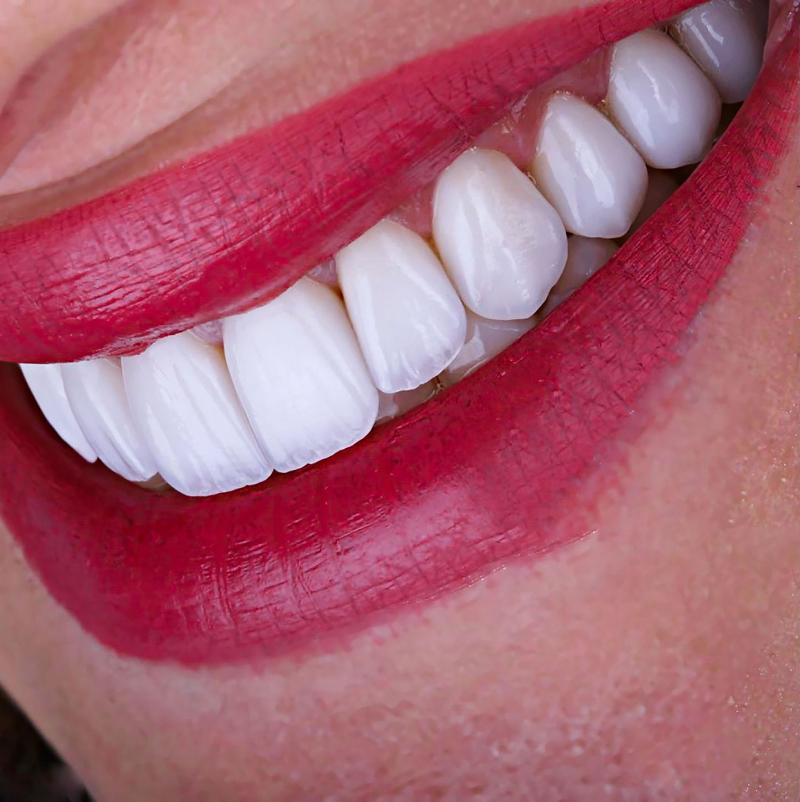
How Does Emax Stack Up? Comparing With Zirconia, PFM, and Feldspathic Porcelain
Emax vs. Zirconia
The big debate everyone has:
- Strength: Zirconia is more than twice as strong as Emax.
- Looks: Emax wins for natural shade and shine, especially in visible areas. Zirconia is getting better, but still not on par.
- When To Use: For people who really grind hard or big bridges, I go with zirconia. For that smile in the front? Emax is my choice every time.
Emax vs. PFM (Porcelain-Fused-to-Metal)
PFM used to be the only choice. Now, I almost never use it—unless someone really wants it.
- Strength: PFMs have a strong metal base, but the top porcelain still chips.
- Looks: Emax has no ugly metal shadow or gray lines at the gum.
- Body Friendly: Emax is all-ceramic, so no risks with metal allergies.
Emax vs. Feldspathic Porcelain
I’ll be straight—if I want ultimate esthetics for paper-thin veneers, sometimes feldspathic wins. But in most cases, it’s Emax all the way:
- Strength: Feldspathic is weak compared to Emax.
- Chips and Cracks: Feldspathic breaks easily; Emax handles biting forces much better.
- Looks: Both look awesome, but Emax is easier to use and lasts longer.
Advantages and Limitations: What I Love and What I Watch Out For
What’s Great
- Looks + Strength: Emax gives you both. It looks real but doesn’t break easily.
- Less Drilling: You can keep more natural tooth than with older options.
- Nice Fit: Margins are tight, less likely to get sore spots after.
- For Many Jobs: Crowns, veneers, onlays, inlays—Emax does them all.
What to Watch Out For
- Technique Sensitive: You have to prep and bond just right. Get sloppy or skip steps and it’ll crack.
- Price: Usually costs more than old-school stuff. But it pays you back in looks and strength.
- Not For Everything: I don’t use it for really big bridges in the back or crazy grinders. That’s zirconia turf.
- Lab vs. In-Office: CAD/CAM machines are speedy, but pressed Emax from the lab sometimes looks more natural, especially for tough matches.
The Bottom Line: Why Emax Is Still My Go-To in Modern Dentistry
After treating hundreds of cases and seeing them over time, I can tell you this: Emax lives up to the talk. The mix of good looks and strength lets you fix both smiles and chewing, and they last if you do the prep and glue steps the way you should.
For anyone who wants beautiful, dependable work without cutting down too much tooth, Emax is tough to beat. That’s why if I’m picking for single crowns, veneers, or conservative fillings, it’s still my number one.
If you’re new to it, just learn how to make the cut and glue it right. After that, things get easier, and your patients will notice the difference.
Tables and Stats: Quick Reference Guide
Emax (Lithium Disilicate) Material Properties & Clinical Performance
| Property/Metric | IPS e.max CAD (Milled) | IPS e.max Press (Pressed) |
|---|---|---|
| What It’s Made Of | ~70% lithium disilicate crystals | ~70% lithium disilicate crystals |
| Flexural Strength | 360 – 500 MPa | 400 – 500 MPa |
| Fracture Toughness | 2.5 – 3.0 MPa·m^0.5 | 2.5 – 3.0 MPa·m^0.5 |
| Hardness (HV10) | 550 – 600 | 550 – 600 |
| Elasticity | 90 – 95 GPa | 90 – 95 GPa |
| Thermal Expansion | 10.5 ± 0.5 x 10^-6 K^-1 | 10.5 ± 0.5 x 10^-6 K^-1 |
| 5-Year Survival | 95-98% (crowns) | 96-99% (crowns) |
| 10-Year Survival | 92-96% (crowns) | 93-97% (crowns) |
| Chipping/Broken Rate | <5% over 5 years | <3% over 5 years |
| Bonding | Strong with etch & bond | Strong with etch & bond |
Flexural Strength: Emax vs. Other Ceramics
| Type | Flexural Strength (MPa) | Best For | Looks | Notes |
|---|---|---|---|---|
| IPS e.max (Lithium Disilicate) | 360 – 500 | Crowns, veneers, inlays, onlays | Excellent | Great balance for strength and looks |
| Zirconia (Y-TZP) | 800 – 1200+ | Crowns, bridges | Good-Excellent | Super strong, looks better with new versions |
| Feldspathic Porcelain | 70 – 150 | Veneers, some inlays | Excellent | Fantastic looks, but chips easily |
| Leucite Glass-Ceramics | 120 – 180 | Inlays, onlays, single crowns | Excellent | Weaker than Emax, used less these days |
| Porcelain-Fused-to-Metal | 800 – 1200 (metal base) | Crowns, bridges | Good | Strong base, but not as nice-looking |
If you’re a dental pro trying to pick the right crown material, my advice is simple: Know the facts, follow the steps, and respect the few “don’ts” with Emax. Stick to that, and you’ll get results that look good, stay strong, and last—just like my patients do.

